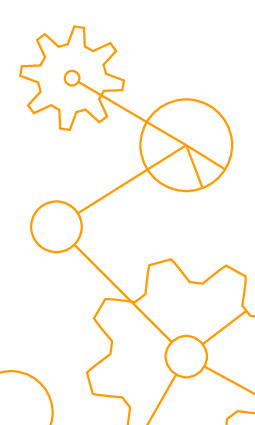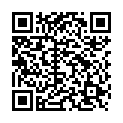|
|
|
| Module code: WIMAScWPF-Ing11 |
|
|
2V+2U (4 hours per week) |
|
6 |
| Semester: 2 |
| Mandatory course: no |
Language of instruction:
German |
Assessment:
Written exam
[updated 18.12.2018]
|
WIMAScWPF-Ing11 (P450-0147) Industrial Engineering, Master, ASPO 01.10.2014
, semester 2, optional course, general subject
|
60 class hours (= 45 clock hours) over a 15-week period.
The total student study time is 180 hours (equivalent to 6 ECTS credits).
There are therefore 135 hours available for class preparation and follow-up work and exam preparation.
|
Recommended prerequisites (modules):
None.
|
Recommended as prerequisite for:
|
Module coordinator:
Prof. Dr. Frank Ulrich Rückert |
Lecturer:
Prof. Dr. Frank Ulrich Rückert
[updated 20.01.2020]
|
Learning outcomes:
After successfully completing this module students will:
_ be familiar with the three transfer mechanisms: thermal convection, thermal conduction and thermal radiation and be able to independently classify and formulate simple problems.
_ understand the influence of boiling, condensation and cavitation phenomena on heat transfer.
_ be familiar with the comparative figures and be able to apply them.
_ be able to create simple application cases from the field with the AMESim tool, interpret the results and present and discuss them to the group (presentation with PowerPoint).
Lastly, students will have received a first insight into modelling complex heat transfer problems on metallic components with the ANSYS tool.
[updated 18.12.2018]
|
Module content:
The lecture will deal with the basic theory of heat and mass transfer. It will be supplemented by arithmetical exercises that will be calculated in class on the blackboard (exam preparation). In addition to the theoretical arithmetical tasks, problems from everyday "technical" life will be discussed, e.g.:
_ Heat conduction in different metals
_ The arrangement of radiators in an apartment room
_ Yield/influence weather on solar collectors
_ The optimization of shell and tube heat exchangers
_ Heat balance in vehicle cockpits
The user-friendly tools AMESim and ANSYS will be introduced and students will be able to practice using them. (Easy handling; previous knowledge is not necessary.)
The resulting technical solutions, as well as possible design alternatives, will be discussed in the group.
[updated 18.12.2018]
|
Teaching methods/Media:
Presentation/lecture with projector, calculations on the blackboard
Supervised computer exercises in the pool; student presentation of solutions (creation of a PowerPoint presentation)
[updated 18.12.2018]
|
Recommended or required reading:
_ _Lecture notes - Wärme- und Stoffübertragung_; F. U. Rückert, 2016
_ _Heat and Mass Transfer _ Fundamentals & Applications 5e (SI Units)_; Y. A. Cengel, A. J. Ghajar, 2016
[updated 18.12.2018]
|


